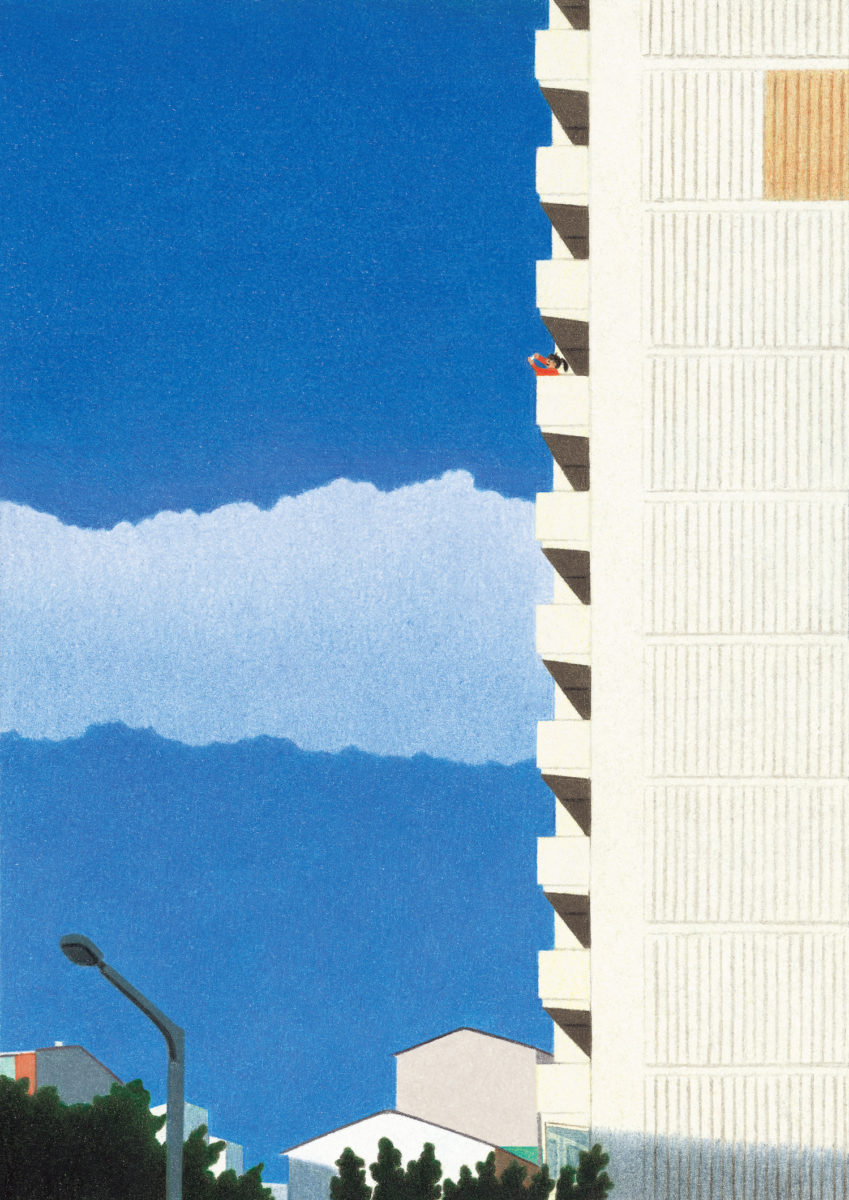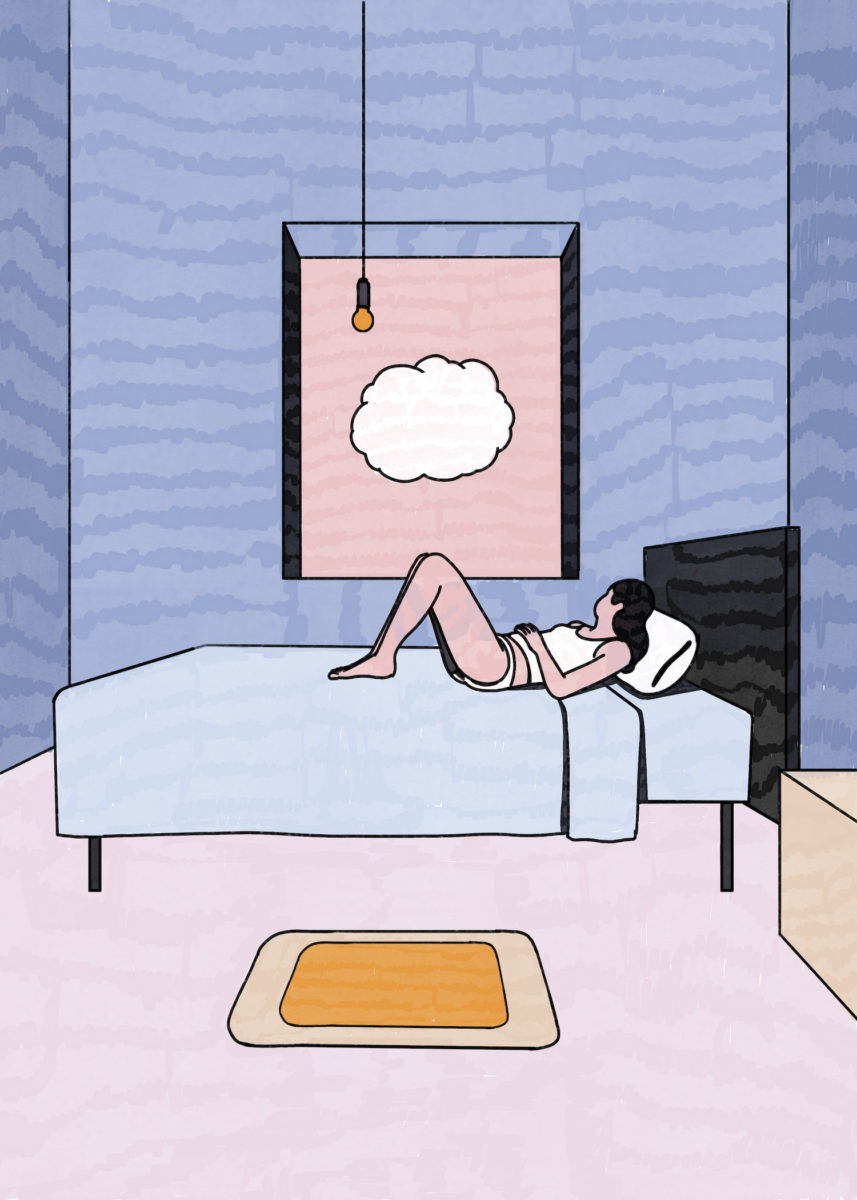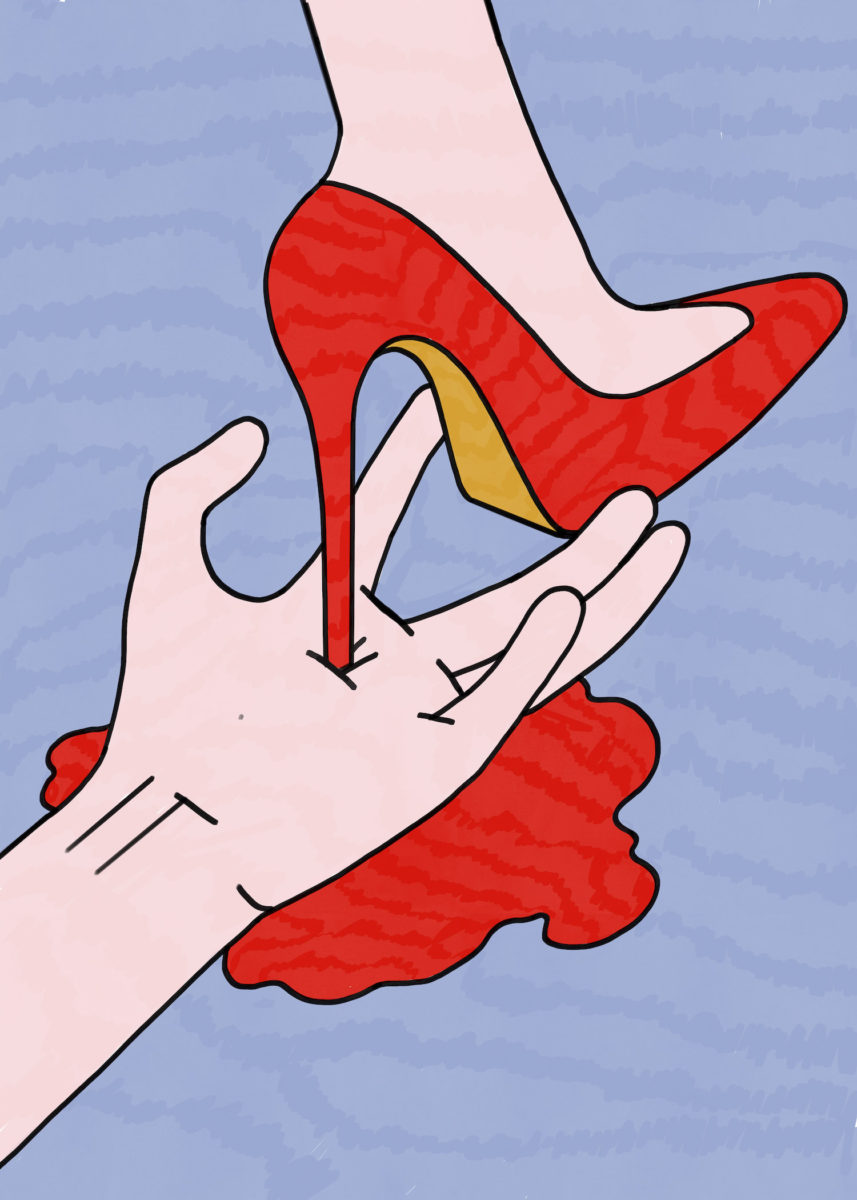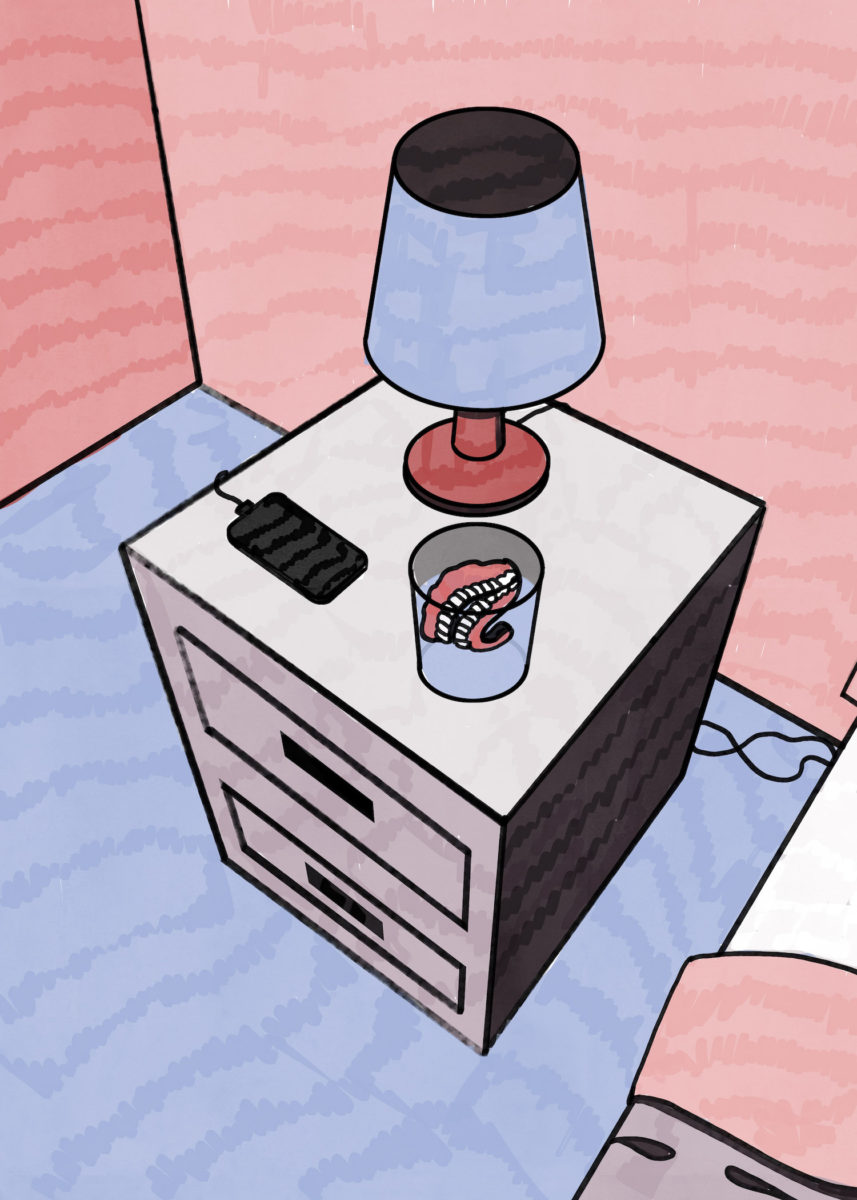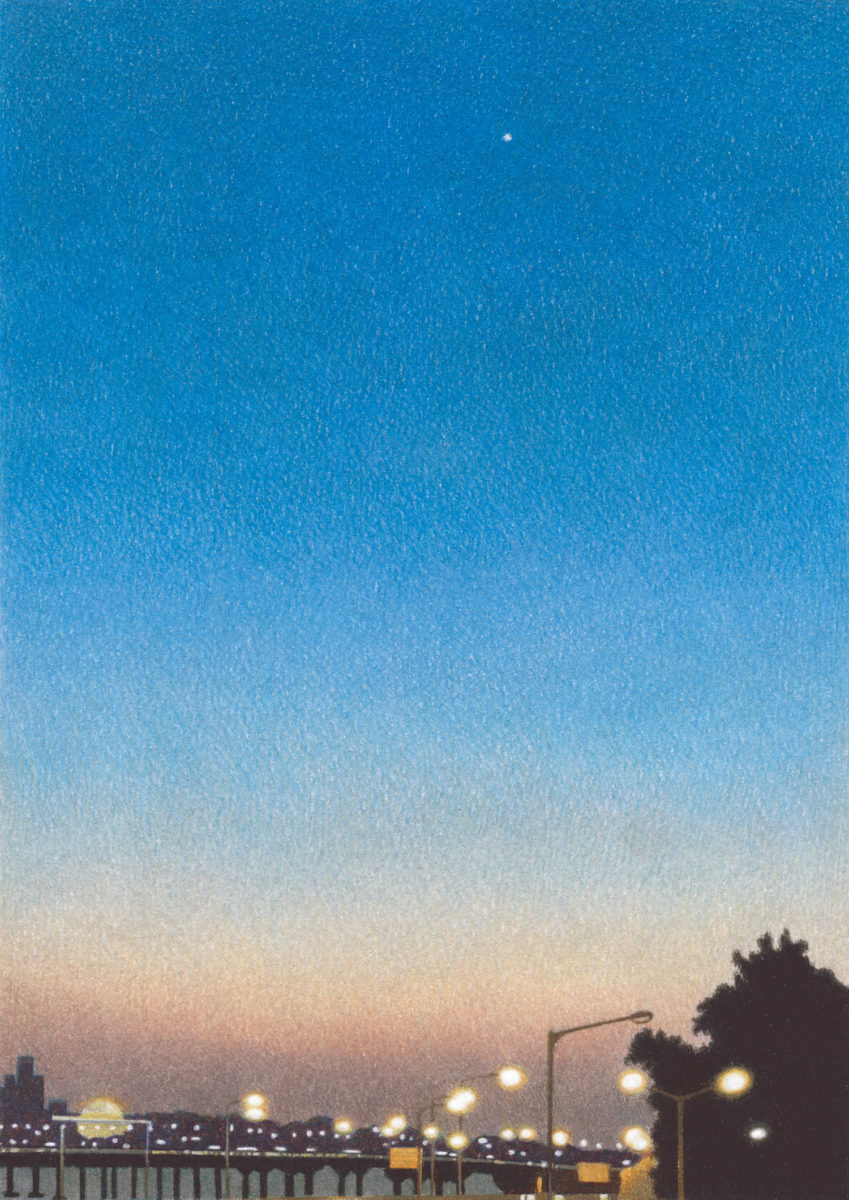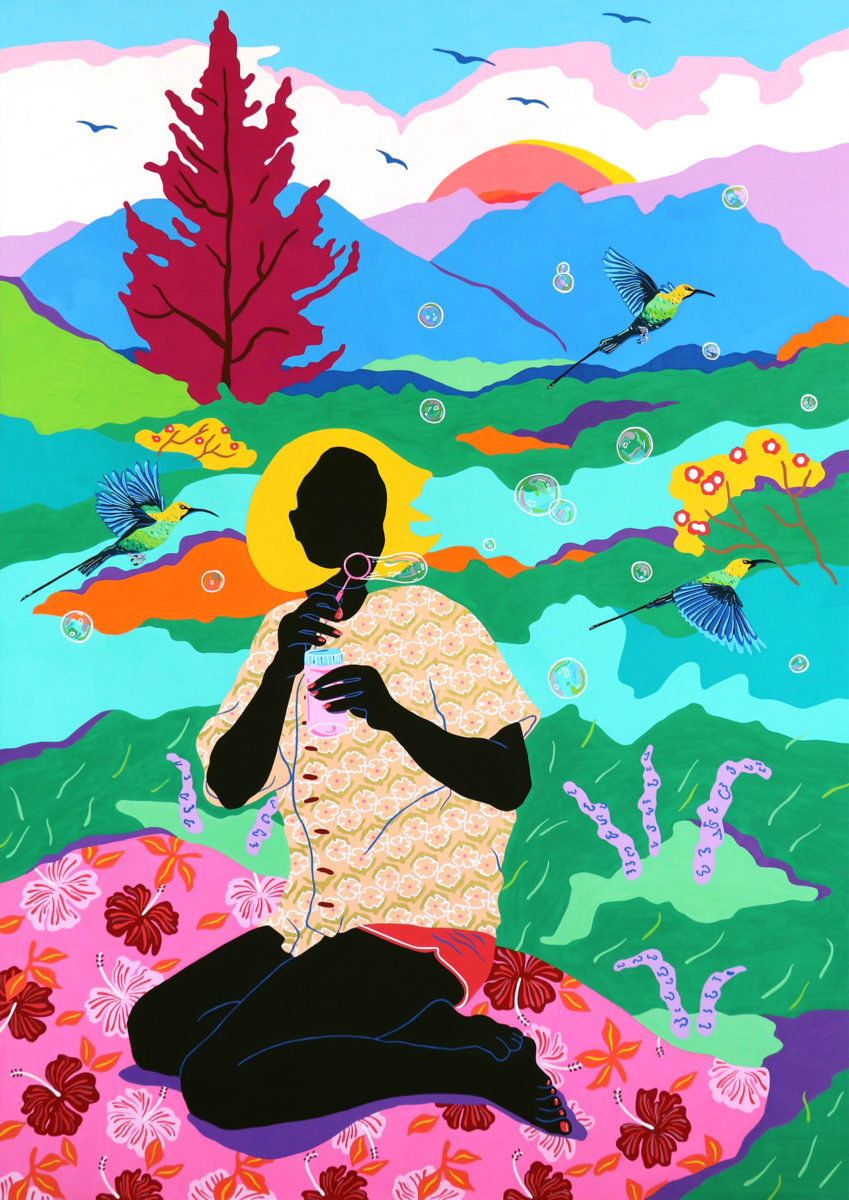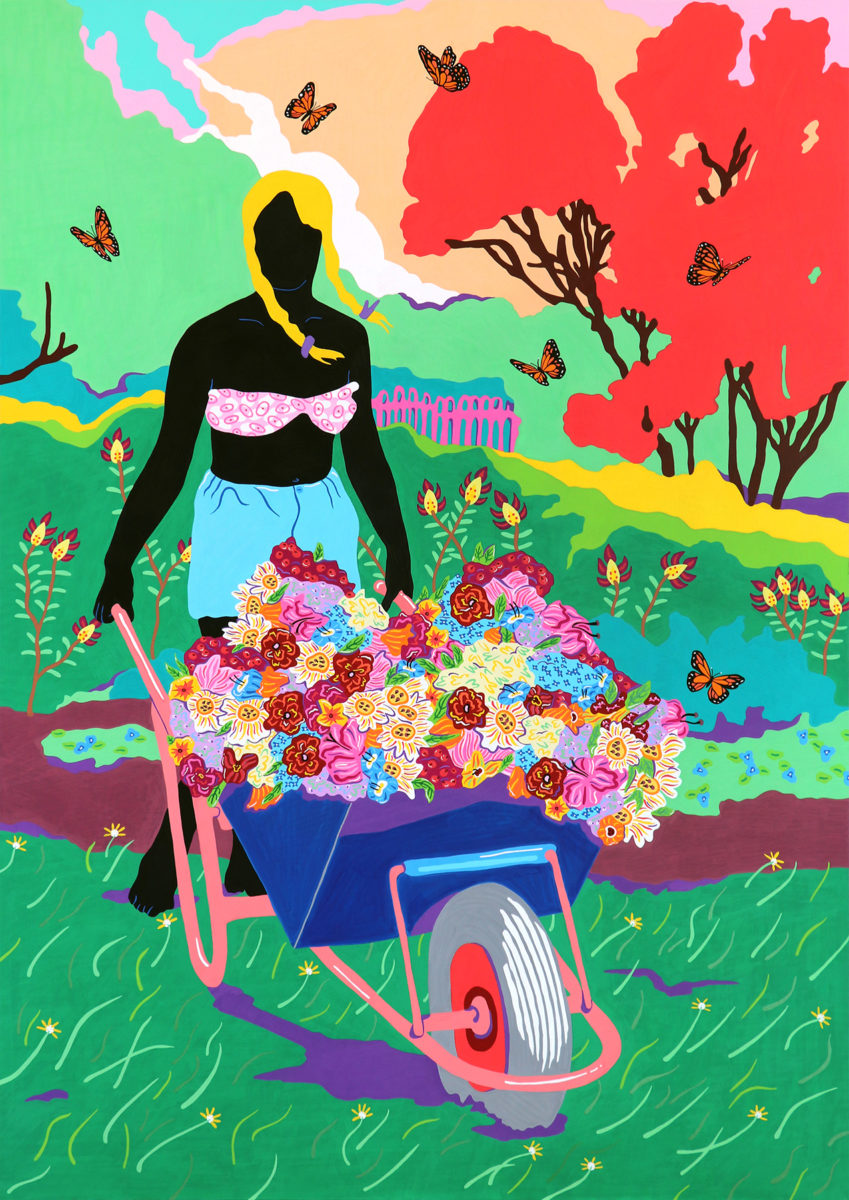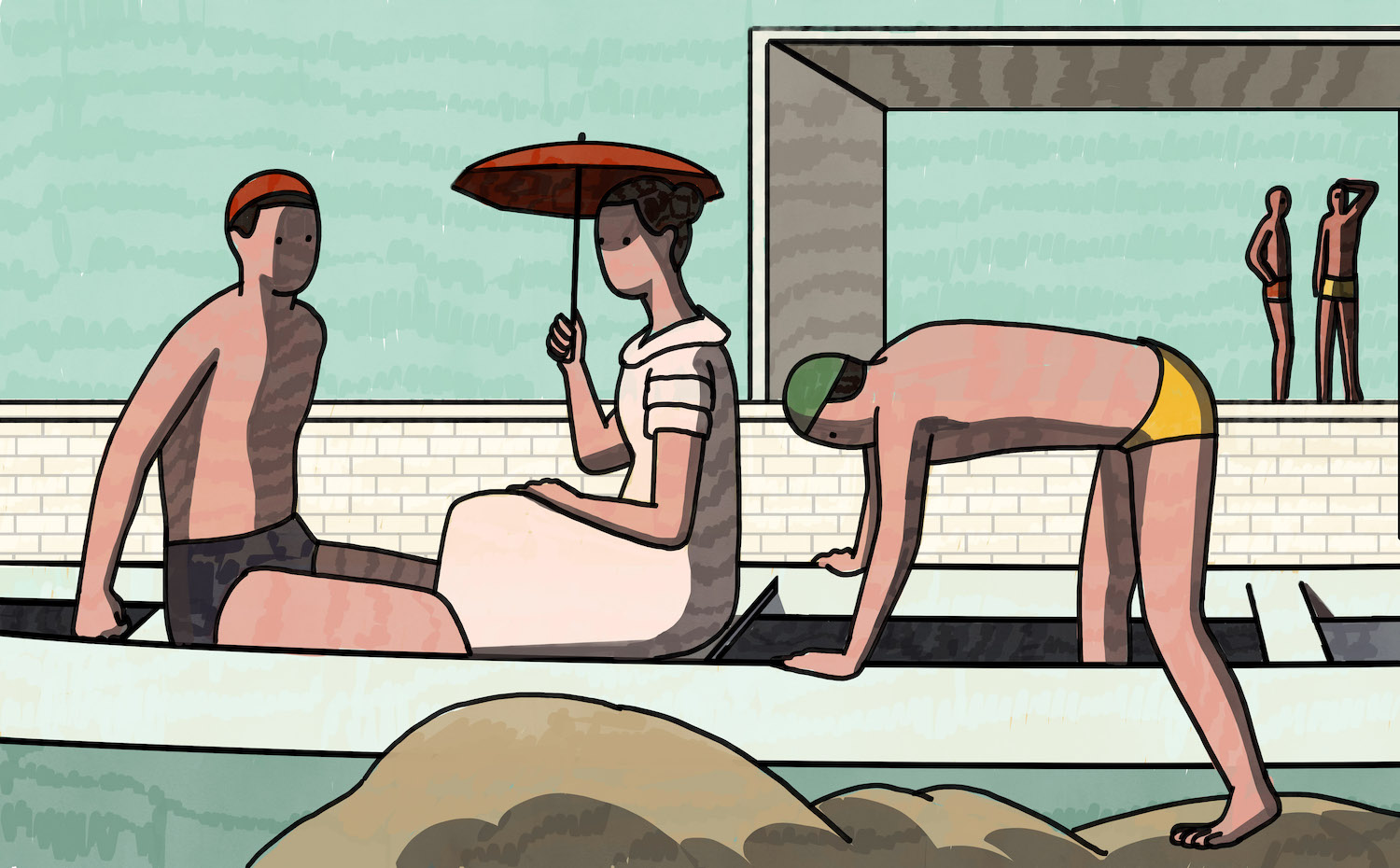
When you’re a kid, being upgraded from a plain Jane graphite pencil to the kaleidoscopic breadth of coloured pencils is a moment to cherish. If you’re lucky, and your motor skills can handle it, there’s also the multicoloured stacks of felt tip pens to get to grips with. From chunky to fine, smudgy to opaque, having a veritable rainbow at your fingertips at that age can make you feel like a real life artist.
While many of us have left felt tips and colouring pencils in the past, it’s becoming more and more clear that these colourful mediums aren’t just for kids. In the last five years there’s been an unexpected over-saturation of colouring books for adults, requiring us to brush off our pencils cases and stay within the lines. Though the trend has waned in the last couple of years, the pandemic has seen people reaching for their pencils and felt tips once more, if only for a bit of mindless distraction.
For the artists and illustrators who have made picture-making their full-time job, there are a handful of creatives who’ve made the medium their own and have embraced the various quirks that come with working in pen and pencil.
- Youngchae Lee, Alone Time Here and There
“What I like about felt pens is the freshness, the mobility, the fact that an apparent defect, such as the overlapping of the brushstrokes, is instead an integral part of the image, it gives movement,” says illustrator Klaus Kremmerz. The illustrator’s work is filmic in its compositions, his precise black lines and the use of bright hues gives his work a cartoonish but sophisticated edge. His love for felt tip pens began when he discovered the work of American singer-songwriter and visual artist Wesley Willis, who created unusual and detailed pen drawings during the 1980s and 90s that captured the Chicago cityscape.
“When you look at a felt pen drawing you immediately think of kindergarten… of your first mark on a sheet of paper”
“I felt in love with his language and the instinctive freshness of his work,” says Kremmerz. “I thought I’d really enjoy working with felt pens like he does. But if you want to respond to customer orders, it is very difficult to do it with real felt pens—that’s why I chose the digital way.”
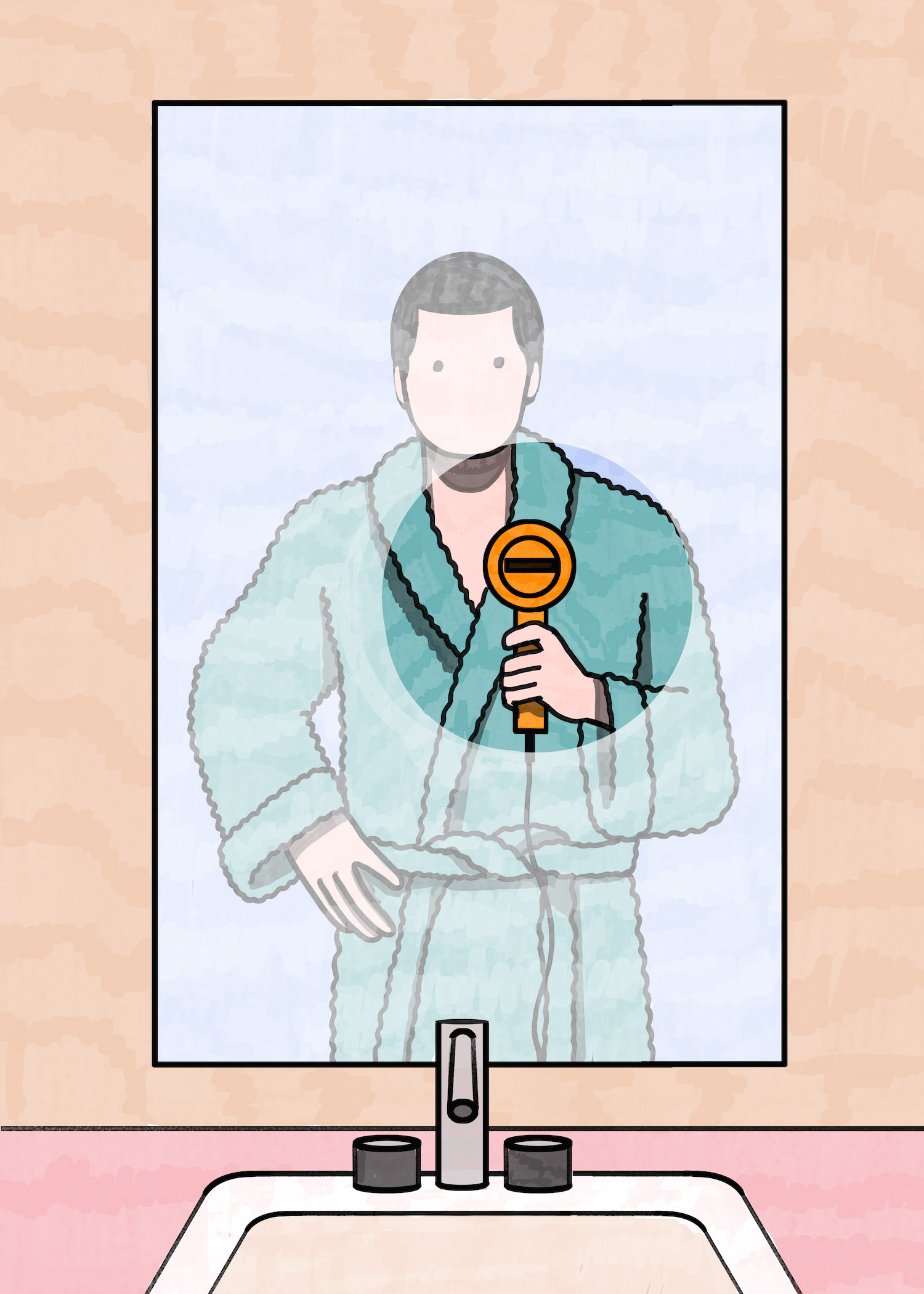
Kremmerz’s digital approach still provides the pen strokes and fuzziness of colour found in real felt tip pens but it gives him a bit more precision, which has become a signature of his style. “Digital drawing with felt pens is certainly simpler than doing it with real ones, but in any case digital has its complexities too,” says Kremmerz. “With other digital techniques you can fill the background with the bucket tool, with felt pens every part of the image has to be done by hand, it takes time, sometimes certain colour combinations don’t work, and you have to start over.”
So why is he drawn to the medium if both the real way and the digital option take so much time? “There is that childish aspect to it… When you look at a felt pen drawing you immediately think of kindergarten, of drawings being hung on a thread with a clip, of your first mark on a sheet of paper. All very powerful things,” says Kremmerz. “Felt pens are something you use only as a child, then you leave it for other types of drawing instruments.”
Kremmerz remembers at art school learning about temperas, acrylics, oil paints, watercolours and other mediums, with felt tip pens remaining firmly in the stationery cupboard. “I like the idea of resuming the fun that existed simply in roughly marking a sheet of paper with a coloured marker regardless of the shape you were going to make,” he says. “I want to recover that fun, that pure instinct, and when a job comes out well it’s always because I had a lot of fun doing it.”
For Korean illustrator Youngchae Lee, it’s not so much the nostalgia that has her reaching for colouring pencils to create her thoughtful works but the fact that it feels so familiar. “It makes me comfortable because I’ve used them for a long time,” says Lee. “Also they enable me to express more delicately and elaborately than other materials such as oil paint and pastel.”
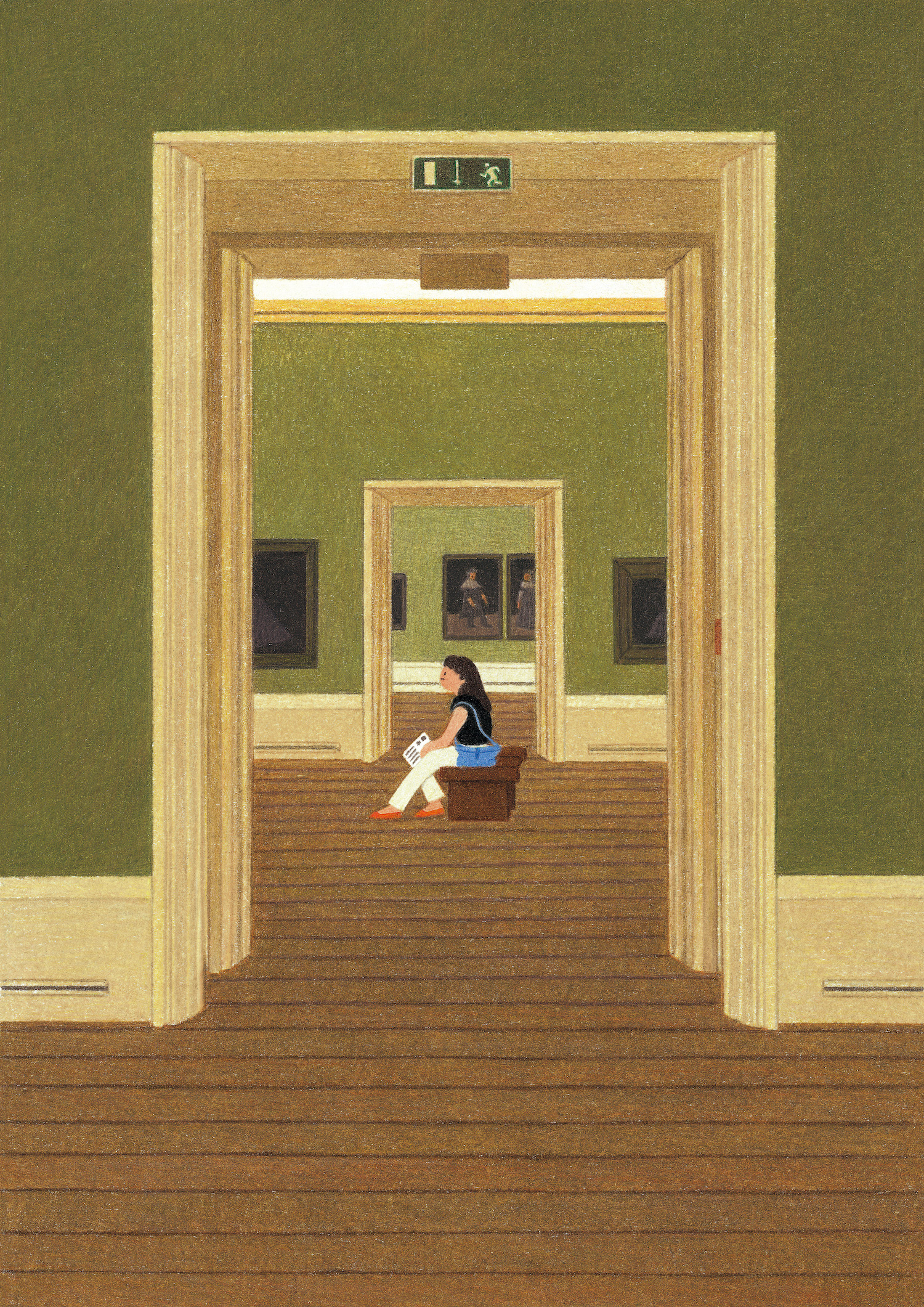
Lee’s works explore the everyday in rich, complicated detail, which are emphasized by her use of colouring pencils as an added textural element. “I used a variety of materials including watercolours, felt tips, acrylic and digital before working as an illustrator,” says Lee. “Then I found coloured pencils fitted in with the landscapes, people and scenes I was drawing. They give both a warm and dry feeling at the same time.”
“I found coloured pencils fitted in with the landscapes, people and scenes I was drawing. They give both a warm and dry feeling at the same time”
To capture her observations on paper, Lee’s process begins with taking pictures; she then rearranges them or adds to them with other ideas and stories in her sketchbook. As she develops the image, she also sketches and draws rough versions in coloured pencils, so as to see how the colours will work together on a page.
- Youngchae Lee, Alone Time: Here and There
The delicate touch that colouring pencils offer is appealing, but it can be challenging to make it look consistent—though Lee makes it look easy. “I can’t deny it’s a very time-consuming material. Unlike a brush, it has no size variation. I have to take time with colouring pencils without skipping any steps,” explains Lee. “Sometimes I take a time-lapse video of my process, and every time I look at it, I want to work at that speed so badly.”
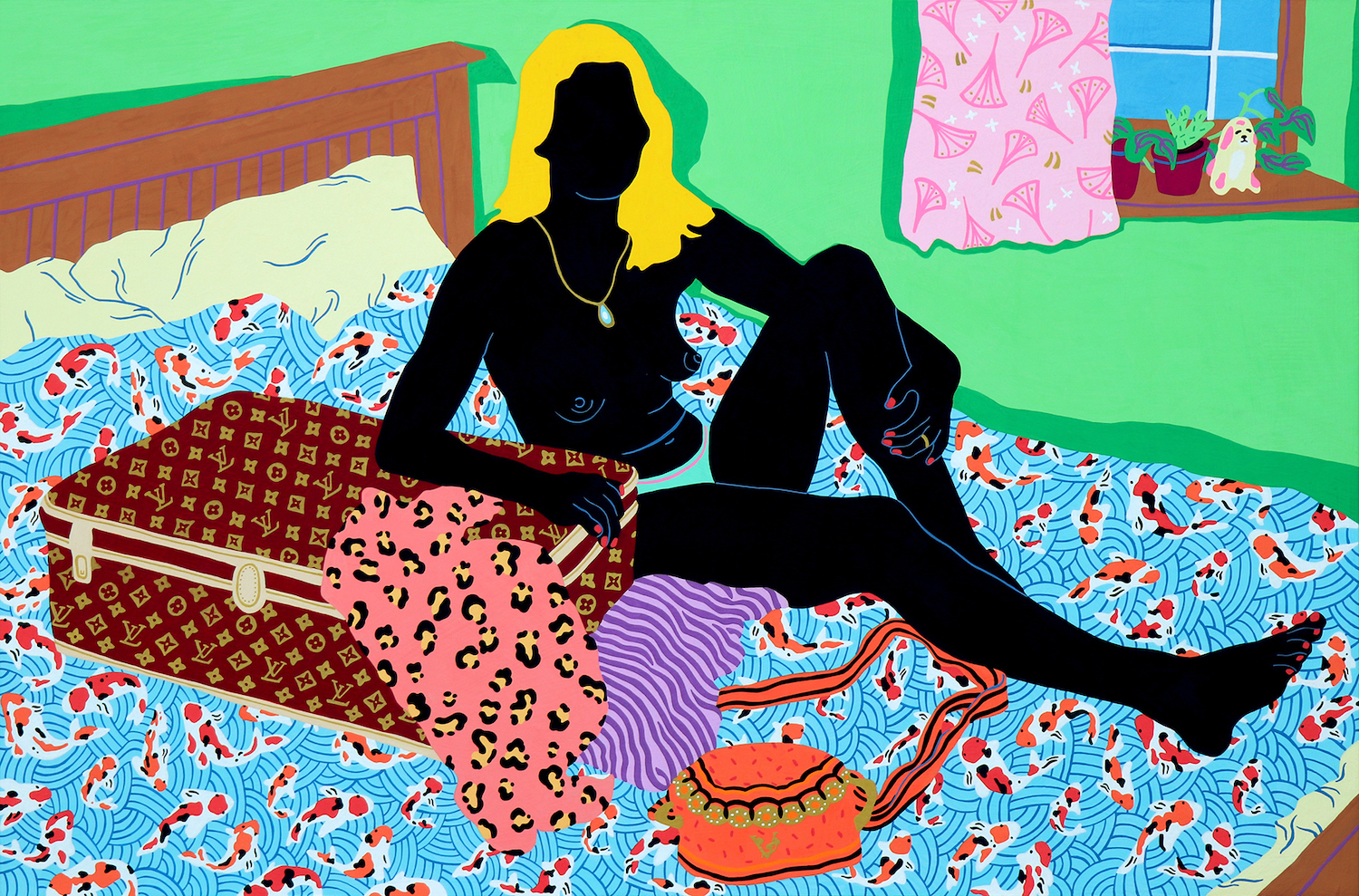
South African artist Olivié Keck’s works are large, bright, and full of pattern and life. It’s why she gravitated towards Posca pens for her artworks, as she explains. “The application is so smooth, I really love that about Posca. It has such an even, matte finish, which suits the bold graphic feel of my work. It’s like the perfect marriage of gouache and acrylic.”
Posca paint markers use a water-based pigment ink; their vibrant and opaque colours give artists the finish of paint but with the hand-control of using a felt-tip pen. Keck first started working with Posca pens in 2018, as a way of transitioning her graphic drawing style into a painting aesthetic. She was keen to grow the scale of her work. “I chose Posca because of the bold, saturated colours and the unashamedly loud aesthetic they create,” explains Keck. “I’ve always felt a bit more comfortable with a pen in my hand, but I love the look and impact of painting.”
- Olivié Keck, I Had a Dream I Didn't Have to Let You Go and I Had A Dream and Got Everything I Wanted
Providing the best of both worlds, the main challenges for Keck are getting the opacity right and achieving depth with relatively flat colour. “I have to do multiple layers of colour to get the flatness even, and the finish looking solid and rich. It’s a slow process, but the effect is so satisfying,” explains the artist. “I don’t work with shading or texture in my work, so I have to rely on colour to create a sense of foreground and background, dimensionality and form.”
“I have to do multiple layers of colour to get the flatness even. It’s a slow process, but the effect is so satisfying”
For Keck, using pens or pencils to create work feels honest and gives her a bit of grounding. “It’s a weirdly humble, safe space, which is maybe why kids gravitate towards it,” she says. “I definitely remember always having a pen in my hand as a kid, and as an adult, well, not much has changed.”
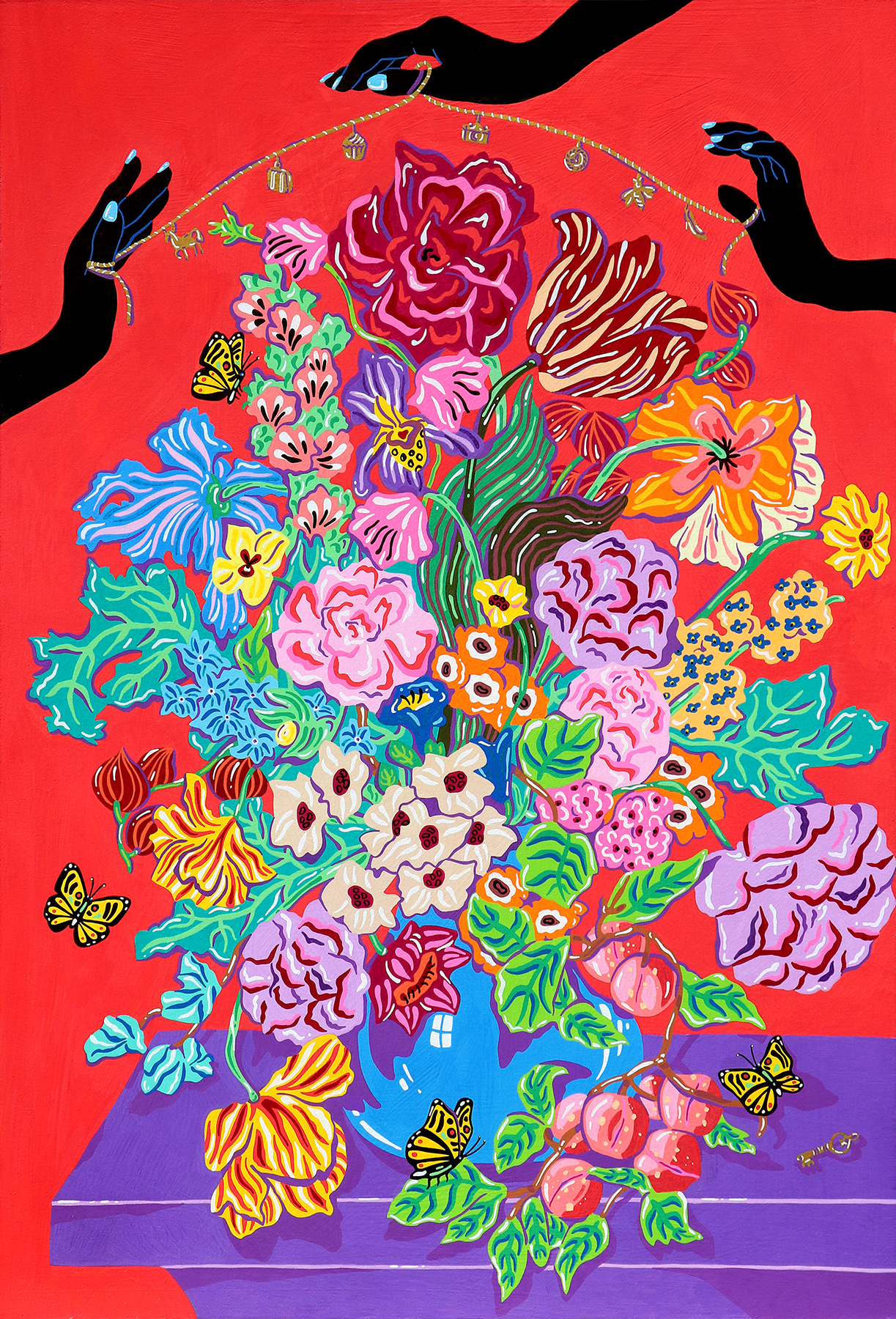
What these artists demonstrate is the complexity and richness that can be achieved through using materials many of us firmly left in our childhood. The patience and confidence required to create works using felt tip pens and coloured pencils can feel intimidating. But, as much as it’s about the finish that can be achieved, the real reason that creatives are drawn to these nostalgic mediums is simply because they are fun. If that’s not the best kind of reason to pick up a coloured pen and paper, than what is?
